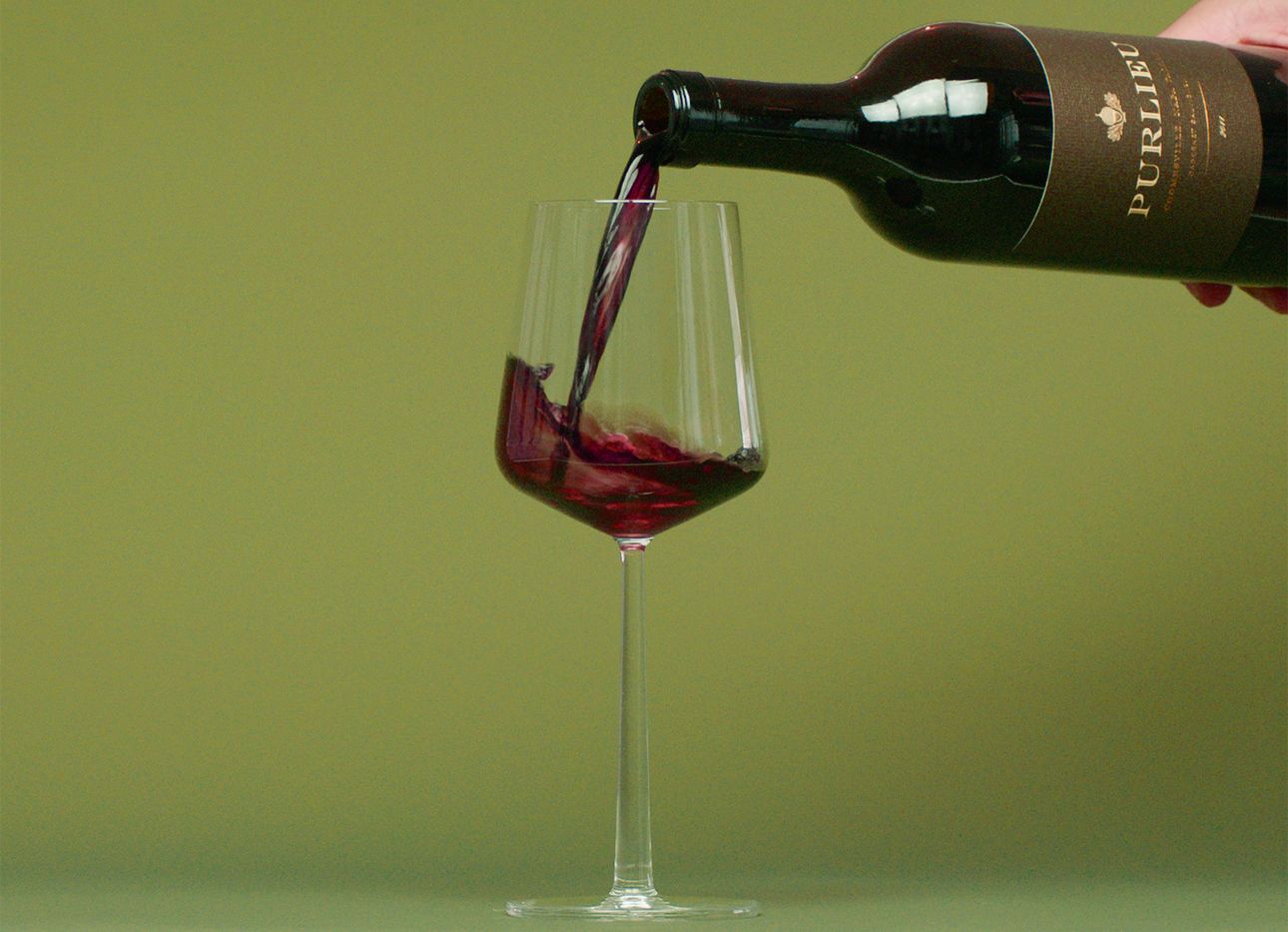
How Sommeliers Use Scent to Discern a Wine’s Complex Notes
The saying “like a fine wine” is often used to describe something that improves with age. But, as any sommelier will tell you, the expression is a bit misplaced, as tasting notes are never quite that simple. Older does not necessarily mean better, and the prime age of a vintage depends upon a host of variables, including the grape varietal, harvest, terroir, and how the wine has been stored and fermented—much of which sommeliers are trained to discern largely by scent, before the vino even touches their lips. Generally, by the 10-year mark, a wine’s primary flavors (such as cherry, berry, apple, or citrus) will fade along with its “bouquet” of aromas, while those that have been aging for longer will begin to take on a different set of scents and flavors with more complex, funky notes. There are plenty of scientific processes and valuation rubrics in play in the wine world, but as André Hueston Mack, owner of Maison Noir Wines and the Brooklyn “ham bar” and grocery & Sons, said on a recent episode of At a Distance, it all comes down to personal preference. “I think wine sometimes gets interlaced into geekdom, which is cool,” he told us. “But, for me, wine is for the people—it’s not a meal if there’s no wine on the table. Wine is a condiment. It belongs on your table next to the salt and pepper shaker.”